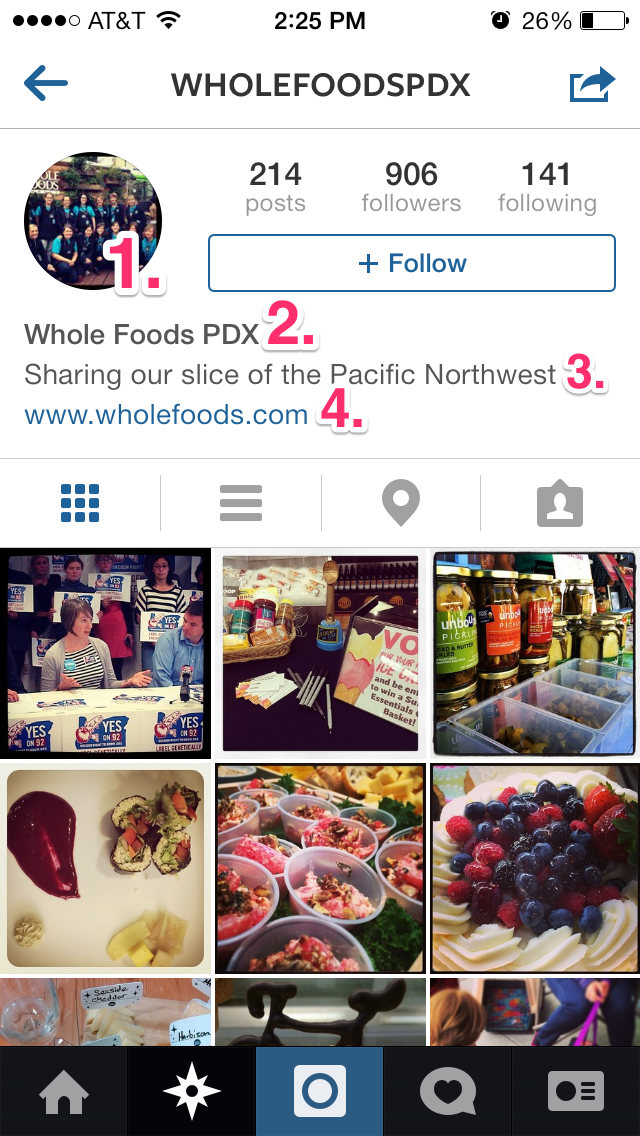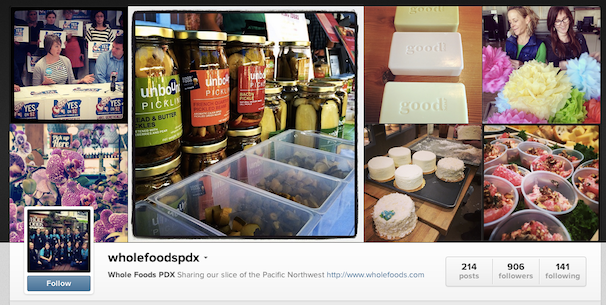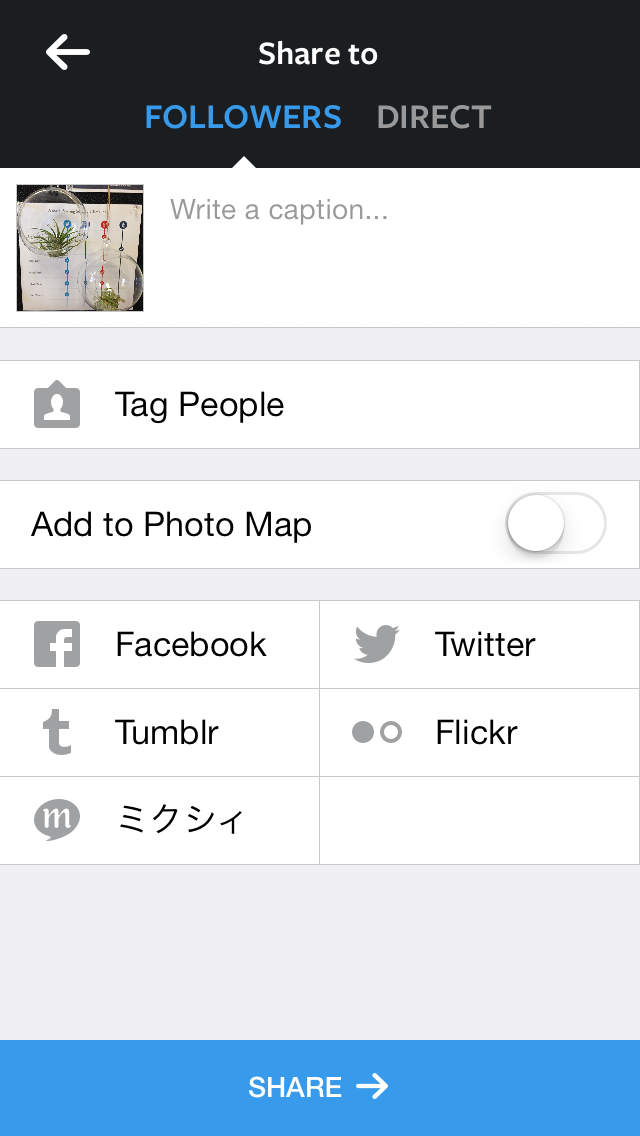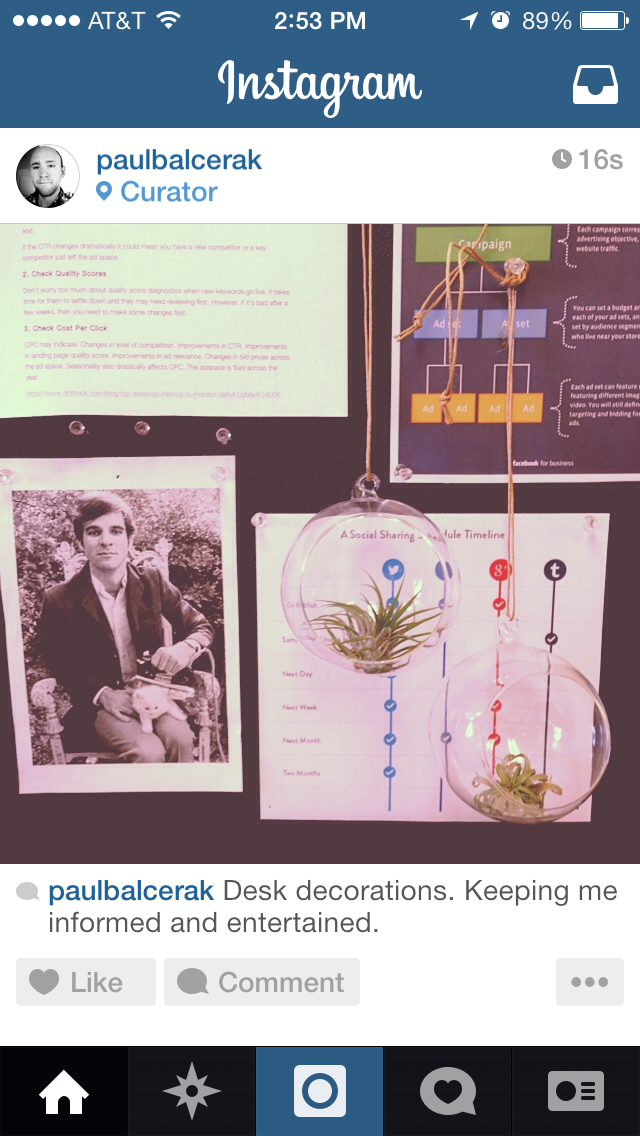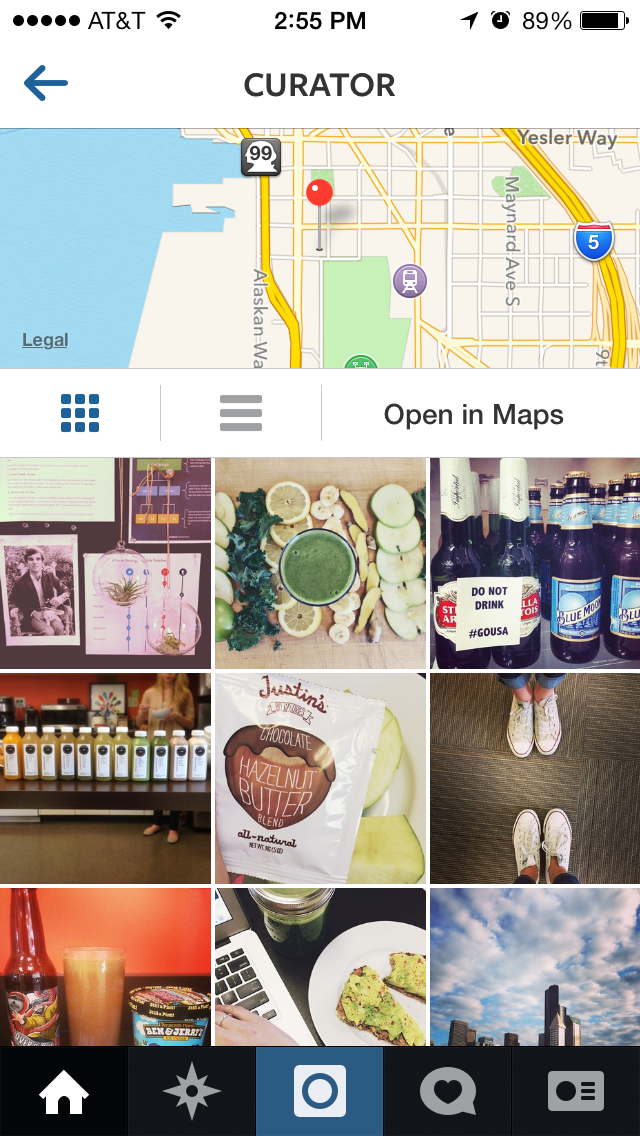How Food Brands Can Better Engage Customers On Instagram
 If there’s one thing the Curator office loves, it’s PR. If there are two things we love, they’re PR and eating. Food is a huge part of who we are as an agency. It informs who we work with, our office culture…and frankly, we just like it.
If there’s one thing the Curator office loves, it’s PR. If there are two things we love, they’re PR and eating. Food is a huge part of who we are as an agency. It informs who we work with, our office culture…and frankly, we just like it.
With that in mind, we’ve put together a guide for food brands that want to engage on Instagram. Some of these tips are universal—they’ll help you on Instagram regardless of your focus—but we’ve gone out of our way in some instances to show how these strategies and tactics can work particularly well for food-focused accounts.
Read on, and if you have questions, feel free to find us on Instagram or Twitter.
Be A Story-show-er
First of all, think of Instagram as providing a place of tranquility in the social media space. Hyperlinks don’t work here (except for one spot—more on that in a second), so it’s not a place to tell people to click and buy. People know that, and have adapted their behavior to it.
What do you do if you can’t link? Show—don’t tell—them what you’re all about. Instagram is your chance to give people a look at all the freshness and preparation that goes into what you make.
Set The Table
Make sure your profile is completely filled out, and make sure you’ve optimized it to take full advantage of the space:
1. Pick a profile photo that shows who you are. Ideally, match it with the profile picture on your other social accounts, so people are able to quickly identify you as the genuine article on any network. 2. Write out your business’ full name. This makes you easier to find via search. 3. Write a bio that tells a little about who you are and what you’re sharing. 4. This is that one space we were talking about where hyperlinks actually work. Link to your website, and don’t be afraid to switch it up. If you’ve got a particular product you’re trying to highlight or a sale you want to get the word out about, make that your new URL. Better yet, consider optimizing a page on your site for Instagram users and linking to that (perhaps a coupon for people who found you through Instagram?).
ALSO: As you’re shooting photos, keep in mind how they’ll look together. Instagram’s desktop interface randomly assembles them into an ever-changing collage. Consider your style (minimalist? black-and-white? what type of filters do you like?), the colors you use, and what kind of first-glance snapshot you want potential customers to have.
(For what it’s worth, we think it’s kind of awesome to play up the “natural” aspect of your business by going the #nofilter route.)
Shoot A Lot—A Lot—Of Photos
Food businesses have to clear a particularly high bar when it comes to photography. The wrong lighting or a bad angle can turn an otherwise delicious food product into something that looks completely unappetizing.
Before you share anything, take time to practice and find out what works. You don’t necessarily need a professional food-styling studio, but it helps to know what works best in your space. It’s a good idea to ask for unvarnished outside opinions—does this look appetizing to you?—do your research, and emulate other accounts that you like. Here are a few that we think do food shots particularly well:
Whole Foods Market http://instagram.com/wholefoodsmarket
Food 52 http://instagram.com/food52
Eva Kosmas Flores http://instagram.com/evakosmasflores
Aran Goyoaga http://instagram.com/cannellevanille
Play To What Works
Did you notice some commonalities in each of those example accounts we shared above? It’s no accident. The most successful Instagram users know what works, and they play those aspects up to their advantage.
Keep your backgrounds simple. It makes the food pop.
Look for non-glossy surfaces to stage food on. Having light bounce off a tabletop and into your lens can ruin your shot.
Turn off your flash. A lot of foods are glossy, too, and the flash on your phone can make them too a little too much so. Switch lights in the room on or off, or draw curtains to try to get the best effect,.
Use hashtags. Potentially a lot of them. Data shows that smaller brands especially can benefit from using 11 or more.
Be A Good Listener
This is the part of Instagram engagement that’s just traditional social networking. It’s maybe not as artistically satisfying as shooting a great photo and getting a bunch of likes for it, but it’s just as important.
How do you listen? There are a few key ways.
Follow relevant accounts. Think of what compliments your product. Think of who your competitors are. Think of where your product is sold. Then search out all those things on Instagram. Check your feed regularly, and when you see an opportunity, jump in and engage.
Protip: Likes are good, but comments and likes are better. Tell people why you’re liking their photo. Your brand name and account are a lot more likely to be seen that way.
Search relevant keywords. Start a spreadsheet or document and list out all the keywords associated with your brand. Now search those keywords on Instagram. See what people are saying, and again, look for opportunities to jump in and interact.
Remember that your brand name, and misspellings of your brand name, count as keywords. It’s entirely possible that people are talking about you without knowing that you’re on Instagram—that’s (pardon the food pun) low-hanging fruit, and you should interact with those people right away.
Tag locations and search them. Here’s a fun Instagram trick that a lot of people don’t think about right away. When you go to upload a photo, you’ll see an on/off button that says “Add to photo map.”
What you want to do is snap a photo in a relevant location—if you have a storefront, do it there; if you have a product sold in several stores, do it in all those places—and then select the “Add to photo map option.” Once you’ve added all your text and hashtags, upload the photo. What you’re left with is a little location tag with your image, just below your username.
The real fun comes when you click on the location:
Now you can see everyone’s photos that have been tagged at that location. You can see why this is so useful. If your product/brand is the location itself (like a grocery store), you’re able to instantly interact with past or potential customers. If your brand sells a food product sold at the location, you can scroll through to look for pictures of it, or look for other opportunities to comment (like, say, suggesting that people pair it with complementary things they’ve photographed).
In Summary
• Show, don’t tell (and don’t sell, unless it’s absolutely appropriate in context) • Make the most of your profile • Shoot a lot, and share only the best stuff • Follow Instagram best practices • Listen for keyword mentions

